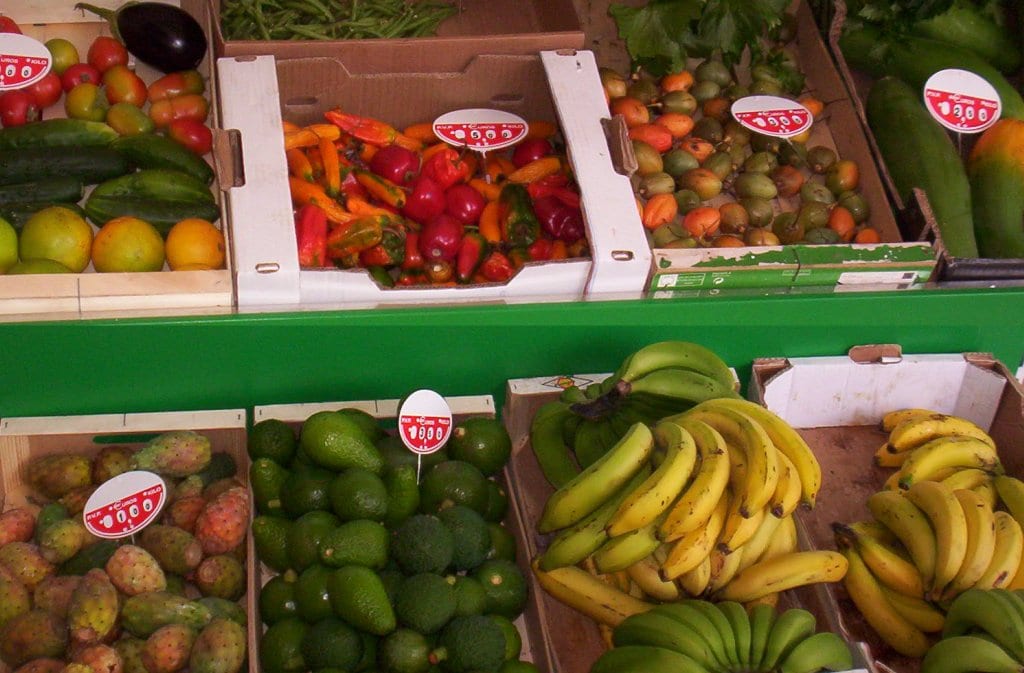Food is a huge drain on your finances. Here are a few ways that your food bill can torpedo your wallet.
Next to rent, food is the largest bill that most households face. If you wonder why hundreds of dollars seem to disappear from your bottom line every month, read about these cash drains.
- Convenience store snacks – Stopping at the local convenience store for a drink and a snack can easily become a habit. It seems like an innocent treat, a little pick-me-up on the way to work or a reward for another day finished. But what does this habit cost? For example, imagine that you purchase a 20-ounce soda and a small bag of chips every workday. The average soda price is around $1.25 and the chips are another $1. In a five-day workweek, this habit totals $11.25, or $45 per month. The fix? Consider purchasing a large bag of chips from the grocery store (around $2) and keep this bag in the car, making it last all week. This one adjustment will save you $12 per month.
- Buying name brands when generic will do – Yes, sometimes the name brand version of a product will be of a better quality than the generic. However, many products are virtually identical, regardless of brand. Experiment with generic products to see which are better deals without losing taste and freshness. Every generic product that replaces a name brand on your shelf can shave 5-10% off of your grocery bill for that item.
- Not using coupons and sales – Men are especially guilty of this one. Clipping and using coupons takes a little time but can substantially reduce your food bill, especially on items that do not have an acceptable generic equivalent. It only takes a minute to scan the grocery store weekly flyer to find the bargains in the store. Sometimes you can pair an in-store sale with a coupon for extreme savings. One word of caution: Do not let coupons convince you to buy premium brands that will cost you more in the long term than the coupon is worth. Manufacturers use coupons to entice consumers to try, and hopefully get hooked on, their product.
- Huge portions in restaurants – A few years ago the restaurant industry hit on a new way to sell more food. They simply increased the size of the plate portions and raised the price accordingly. Few folks complain about the inflated price because the portions are so generous. When dining as a couple, do not be embarrassed to split an oversized plate between the two of you. Every time you use this technique you are halving your restaurant bill.
- Wasting leftovers – This is worst in single occupancy households. You cook a large portion of food, eat until full and put away the leftovers. The next day you do not feel like eating the same meal twice, so you make something else. Most of the leftover food ends up in the garbage or being fed to a pet. If you are single and find yourself throwing out food every week, try working out a dining schedule with your other single friends. Take turns cooking for one another so that all of the food is used on the night it is made. If you don’t want nightly dinner guests, try taking the leftovers to work and doing a lunchtime food swap with your co-workers.
- Not disputing overcharges in the grocery store – Food items are frequently marked down and discounted. Sometimes the reduced price does not find its way into the automated checkout system. Pay attention to the food items as they are being scanned and point out any discounts, buy-one-get-one bargains or reductions that are not calculated into the bill. Before you leave the store, glance at the register receipt to double check that you are paying the correct price.
- Shopping on an empty stomach – Snack items and junk food looks wonderful when you are already hungry. Try to put off grocery shopping until just after you’ve had a meal.
- Buying into menu extras – This is another restaurant sales tactic. From loaded baked potatoes to shrimp toppings on salad to that delicious appetizer, it is easy to say yes, yes, yes! These add-ons add up to big bucks for the restaurant. Just say no.
- Not taking home the ‘doggie bag’ – This is the equivalent of wasting leftovers, restaurant style. The big difference here is that you are leaving behind food that you have paid a premium for. Take home the leftovers, even if they do not appeal to you right now. Eating the remainder for lunch the next day could save you $5 to $10.
- Allowing kids to make impulse purchases – It happens so often that it’s nearly a cliché. The kids convince you to purchase the new Hannah Montana cereal. You pay $4 for a box of cereal that ends up in a landfill or as bird food. Children are even more susceptible to advertising than the adults, and they have the added luxury of not worrying about the financial impact of their food purchases. When possible, grocery shop without them or hone your ‘saying no’ skills.
